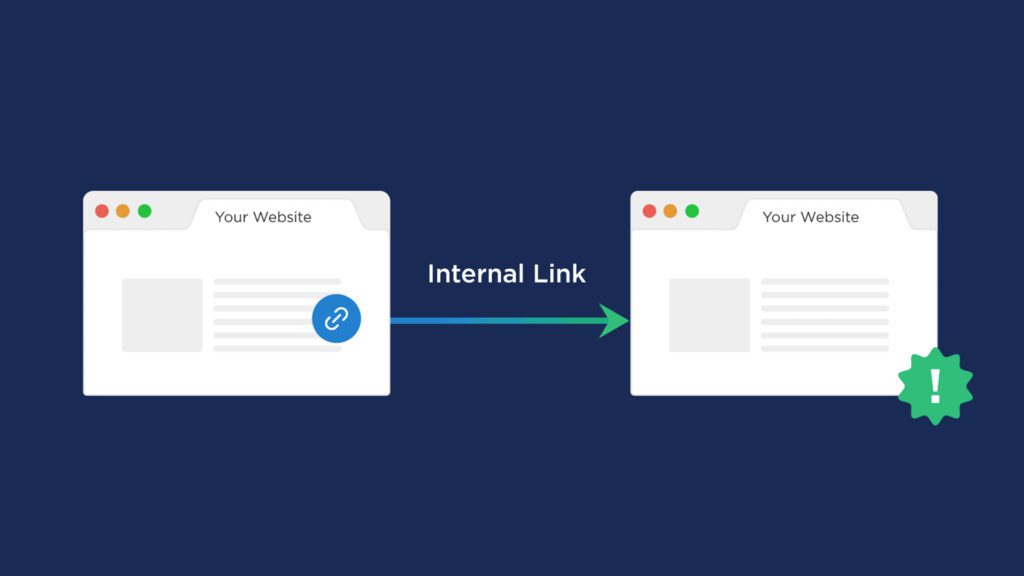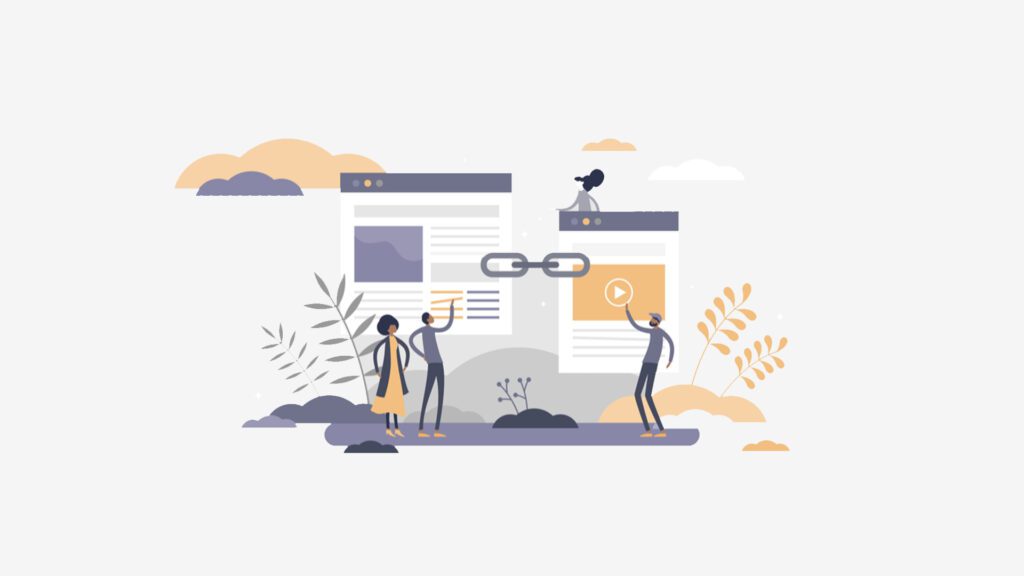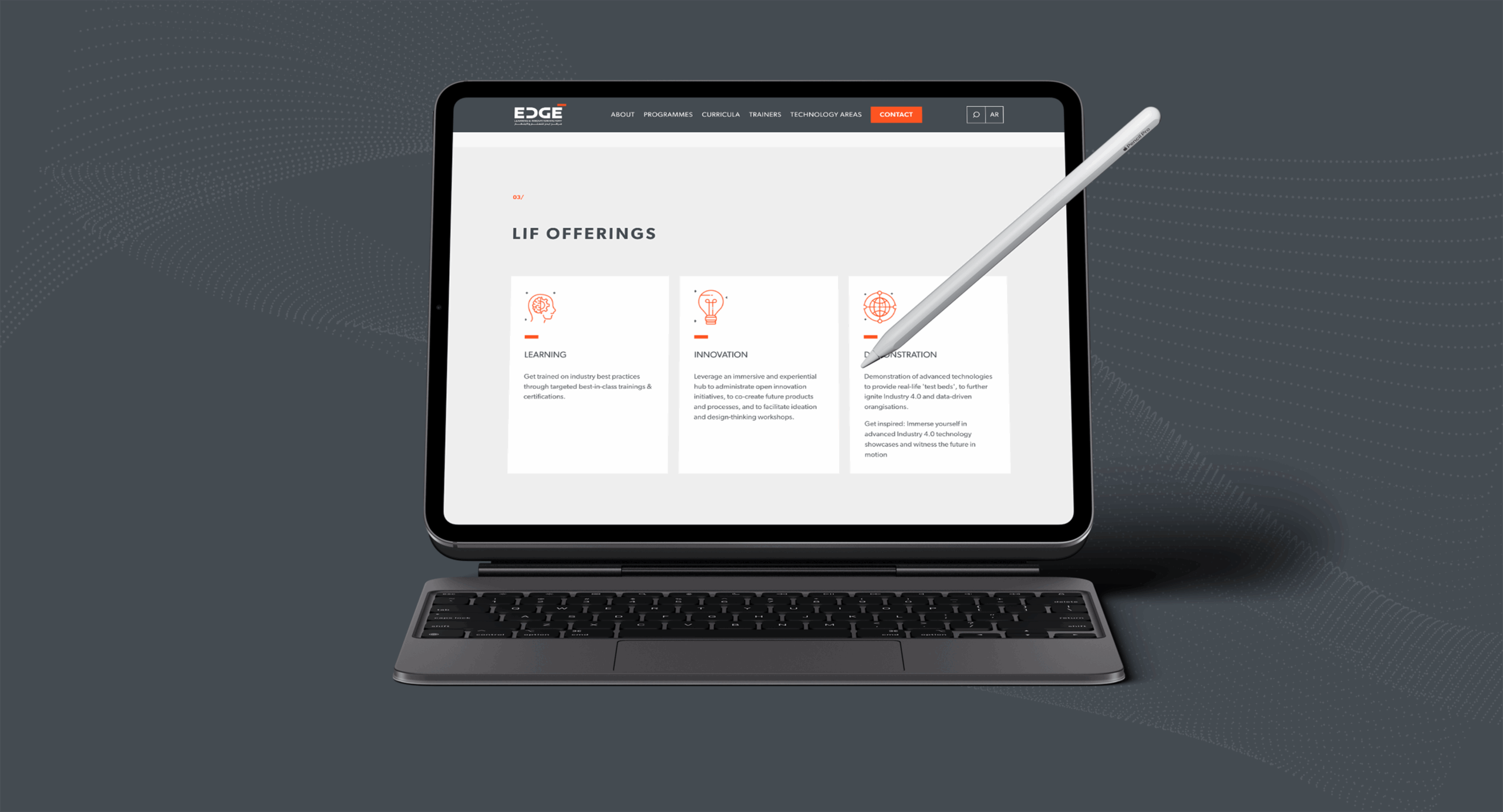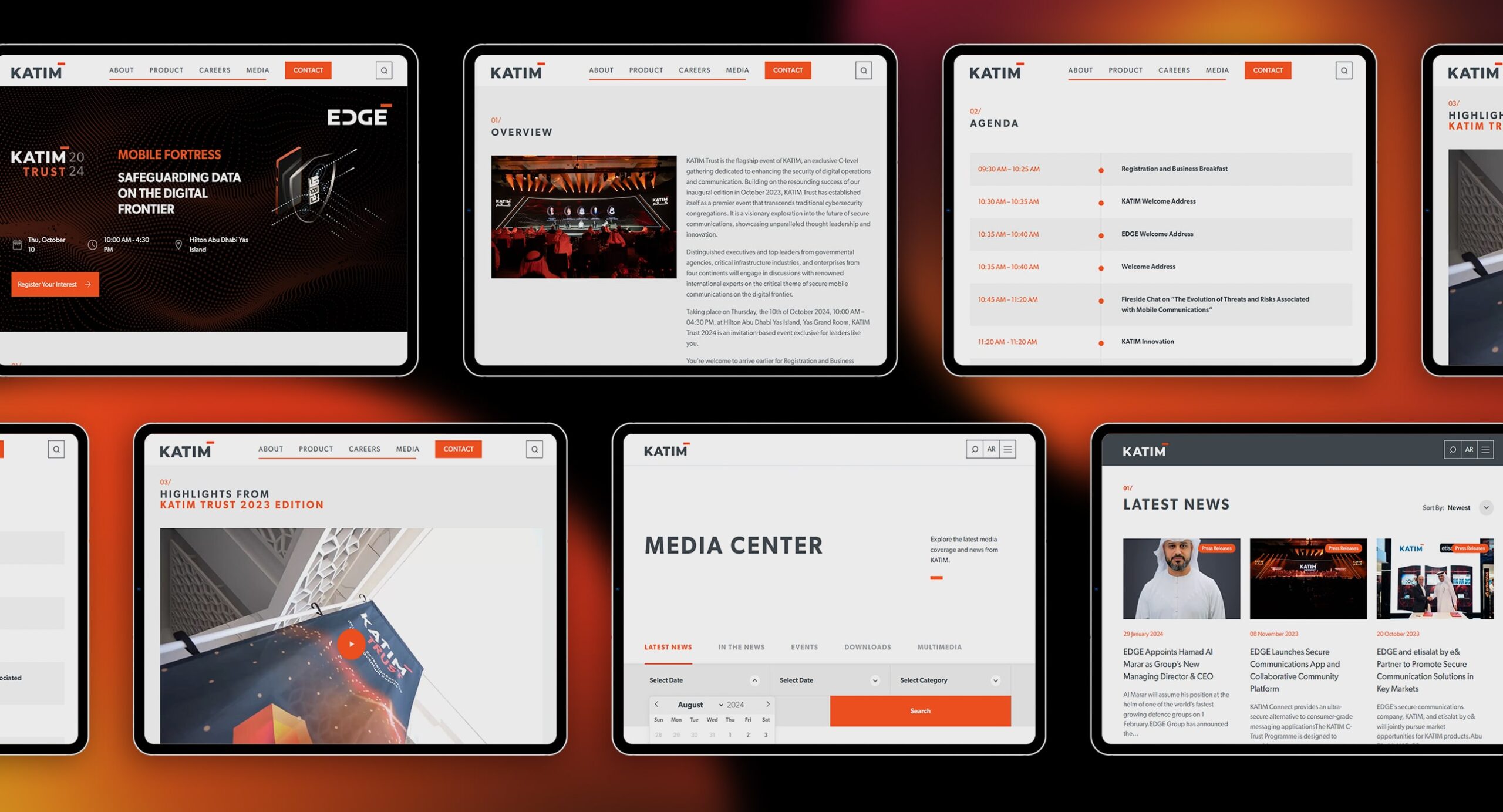Internal links, when done correctly, establish a web of connections between content related to a specific topic. Before content ranks, it requires links. The moment you are aware of how to build internal links for SEO, it gives a new dimension to your marketing efforts.

The definition of internal links
An internal link is a link from one page of your website to another page on the website. Both search engines and users rely on links to find content on a website. The users have to navigate through the website to find the type of content they need. This gives a concise view of why internal links are important for SEO, as search engines use links to navigate through your website.
Numerous types of internal links exist. It is not only about links on the home page; in the post feed within the content, you can incorporate links. They are referred to as “conceptual links,” and if you are aware of how to build internal links for SEO, that determines their value. The more links that a page receives, the more important it may seem obvious for a search engine. How many internal links per page for SEO is an important point of consideration
The relationships between content
Following links, Google crawls websites, both external and internal, using a tool called a “Google bot.” The boot emerges at the home page of a website, renders this page, and follows the first link. Google, by following relationships, can work out the links among posts, pages, and other content. In doing so, Google finds out which pages on the website have similar subject matter.
An example is you are likely to come across what are internal links in SEO or posts of site structure. Google understands that the content on the page establishes relations to the content of the post by incorporating these links.
Formulation of an internal linking strategy
You may wonder why internal links are important for SEO as it enhances the functions of your website. Once the right internal links are added, Google is aware.
- About the relevance of the pages
- The value of the pages
- The relationship among pages
For setting up an internal linking strategy, there are numerous points to consider. The manner in which you approach depends on your website and your goals, but there are a few handy rules to follow.
Figuring out what is an ideal structure for your website
Website owners need to imagine their website as a pyramid. On top, there will be a homepage, and below it, there will be some categories or sections. There may be sub-categories in between. If done properly, the menu of the website will reflect its structure.
Understand the important sources of content.
Then you need to determine what the main content sources are. If you are not aware, there is a lot of stuff available related to it. The content chosen has to relate to the core functions of the business. It is the content that you want people to find when they are searching for products that you specialize in.
It is better that you take stock of how to build internal links for SEO, as Google will be aware that the content is important. So, it is better that you add more links to it. Numerous ways are there by which you can increase the number of links.

Incorporating conceptual links
When you write a lot of posts about a particular topic, it is better if you link them to each other. This is going to show Google and the users that the topics are related. At the end of the post, you can add links or sentences that can be copied directly. You would want to show Google which articles are your cornerstone and complete on this topic.
Try navigational links
Apart from linking from topically related posts or pages, you can make your cornerstone content authoritative by incorporating links from the home page or the top navigation. It is better if you are able to do it with posts or pages that are vital to your business. This is going to provide the pages or posts with a lot of link value, and in the eyes of Google, they will become stronger.
Links can be added to the taxonomies
Taxonomies, in the form of tags and categories, enable you to organize your website. It gives the users an idea of what the content on your website is all about. If there is a blog, it would be better if you could add taxonomies to the post to which it belongs. Incorporating links to the tags and categories helps Google understand the blog structure, and the visitors are able to navigate the posts easily.
Think of adding a related post section
Various modules and plugins are available that add to your posts. If you use one, it is beneficial to check whether the related posts really fall into the category or not. If you are not sure, manually linking to the posts is a suggested practice. This is what is normally done in most cases, as the link is posted at the bottom of the article.
Links can be added to recent or popular posts
A popular option is creating internal links and linking them up to popular and recent posts. These sections can be created at the sidebar or the footer of the website so that it emerges on all the posts and pages. Since a link passes through popular pages or posts, it is bound to attain an enhanced appeal. In addition, the posts will be easier for the users to access which will increase traffic.
To conclude, it is simple: without links, your content will not rank. There is a need to have a solid internal linking strategy and know which articles are valuable and informative. The moment you understand why internal links are important for SEO, it will benefit the users.
For more such blogs, Connect with GTECH.
Related Post
Publications, Insights & News from GTECH








